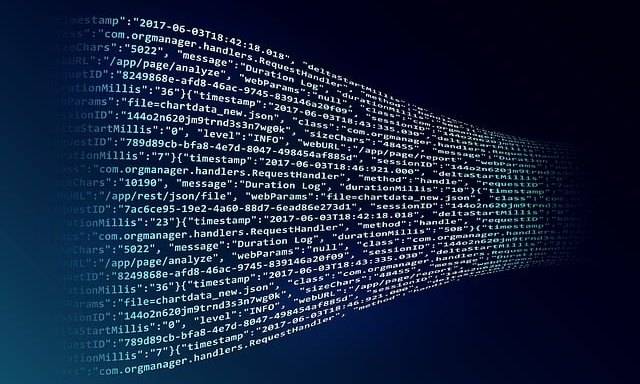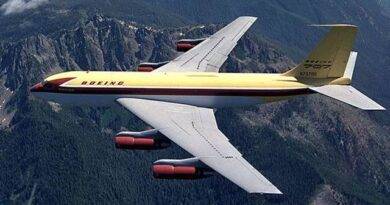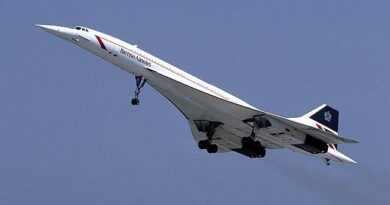Soaring High, Cybersecurity in the Aviation and Understanding Threats
The aviation industry, known for its constant technological advancements and commitment to safety, faces a new and ever-evolving challenge: cybersecurity threats. While innovation has undoubtedly revolutionized the industry, it has also created an interconnected environment ripe with potential vulnerabilities.
Why Cybersecurity Matters in Aviation:
- Increased System Complexity: Modern aircraft, airports, and air traffic control systems rely heavily on interconnected networks. This complex infrastructure, while enhancing efficiency, creates more potential entry points for cyberattacks.
- Valuable Data at Risk: Airlines manage a vast amount of sensitive passenger information, including names, passport details, and financial data. A successful cyberattack could exploit this data for financial gain or even identity theft.
- Potential Safety Impact: The most concerning aspect of cybersecurity threats in aviation lies in their potential to disrupt operations, manipulate flight data, or even compromise critical systems, putting the safety of passengers and crew at risk.
Types of Cybersecurity Threats:
- Malicious Actors: Hackers with various motives, from financial gain to state-sponsored espionage, can launch a range of attacks. These include:
- Malware infiltration: Malicious software like viruses, worms, and ransomware can disrupt operations, steal data, or hold systems hostage.
- Phishing scams: Deceptive emails or websites attempt to trick employees into revealing sensitive information or clicking malicious links.
- Denial-of-service (DoS) attacks: These attacks overwhelm targeted systems with traffic, rendering them unavailable to legitimate users and potentially causing major disruptions.
- Insider Threats: Employees or contractors with authorized access to critical systems can pose a significant risk if their credentials are compromised or if they act maliciously.
- Supply Chain Vulnerabilities: Weaknesses in the cybersecurity practices of third-party vendors involved in the aviation ecosystem, such as maintenance or software providers, can be exploited to gain access to an airline’s systems.

Addressing the Challenge: A Collaborative Effort
Mitigating these threats requires a multi-pronged approach, demanding collaboration and proactive measures from all stakeholders in the aviation industry:
- Implementing Robust Security Protocols: Airlines, airports, and air traffic control systems must prioritize:
- Regular system updates: Ensuring all software and firmware are constantly patched with the latest security updates to address known vulnerabilities.
- Strong access controls: Implementing multi-factor authentication and enforcing the principle of least privilege, granting users only the minimum access required for their specific duties.
- Employee training: Providing comprehensive cybersecurity awareness training to all personnel to equip them with the knowledge and skills to identify and avoid cyber threats.
- Collaboration is Key: Sharing information and best practices across airlines, airports, government agencies, and cybersecurity experts is crucial for a unified defense against cyber threats. This collaborative approach facilitates the early detection and mitigation of emerging threats.
- Investing in Advanced Security Solutions: Regularly evaluating and deploying cutting-edge technologies like:
- Threat intelligence: Gathering and analyzing data on current and emerging cyber threats to proactively identify and address potential vulnerabilities.
- Anomaly detection: Utilizing AI-powered systems to monitor network activity and identify unusual patterns that may indicate suspicious activity.
By prioritizing robust cybersecurity measures, fostering collaboration across the industry, and embracing advanced technological solutions, the aviation industry can ensure a future where passengers and crew continue to soar safely and securely through the skies.
References and Further Reading:
- International Civil Aviation Organization (ICAO): https://www.icao.int/aviationcybersecurity/Pages/default.aspx
- European Union Agency for Cybersecurity (ENISA): https://www.enisa.europa.eu/topics/critical-information-infrastructures-and-services/aviation-sector
- Federal Aviation Administration (FAA) Advisory Circular (AC) 120-97A: https://www.faa.gov/regulations_policies/advisory_circulars/index.cfm/go/document.information/documentid/1020085
- Airbus Cybersecurity Report 2023: https://www.protect.airbus.com/blog/annual-review-for-germany-cyber-defence-at-airbus-protect-reaches-new-level-in-2023/
- “Case Study: Cyberattacks in the Aviation Industry” by Techforce: https://www.shlegal.com/insights/aviation-is-facing-a-rising-wave-of-cyber-attacks-in-the-wake-of-covid
- “Cybersecurity Challenges in the Aviation Industry” by LinkedIn Pulse: https://arxiv.org/abs/2107.04910
- “Top Cyber Threats Faced by the Aviation Industry” by SOCRadar: https://socradar.io/category/cyber-security-report/



